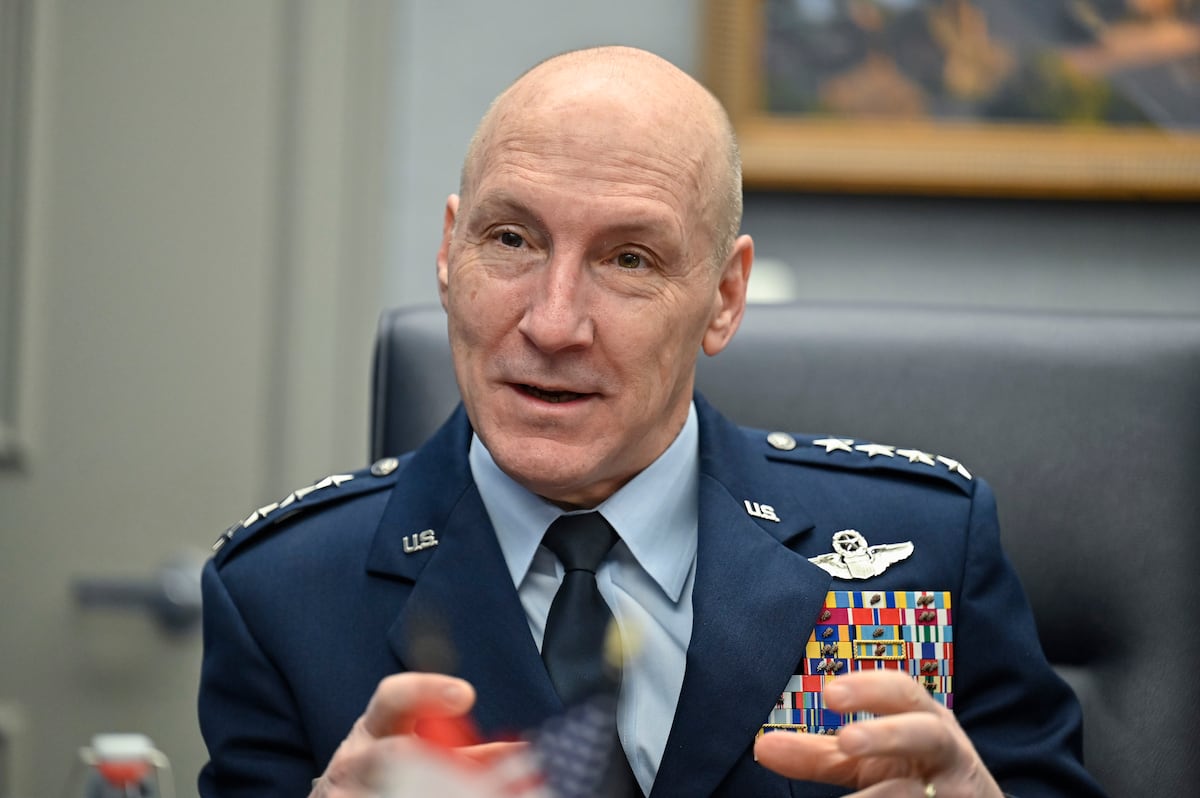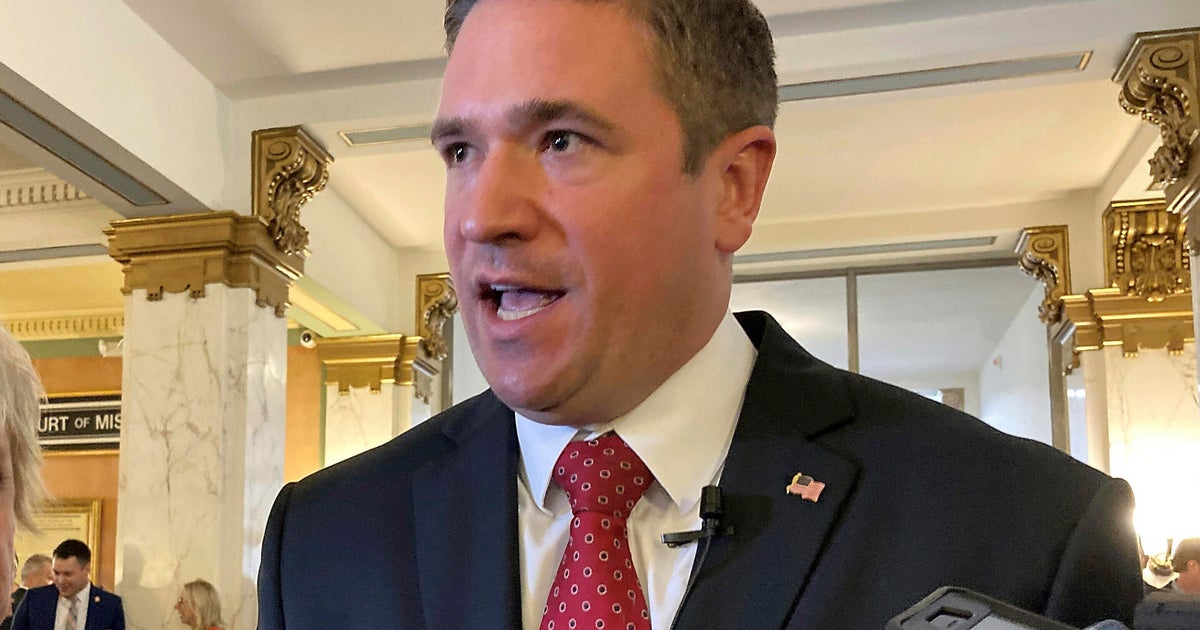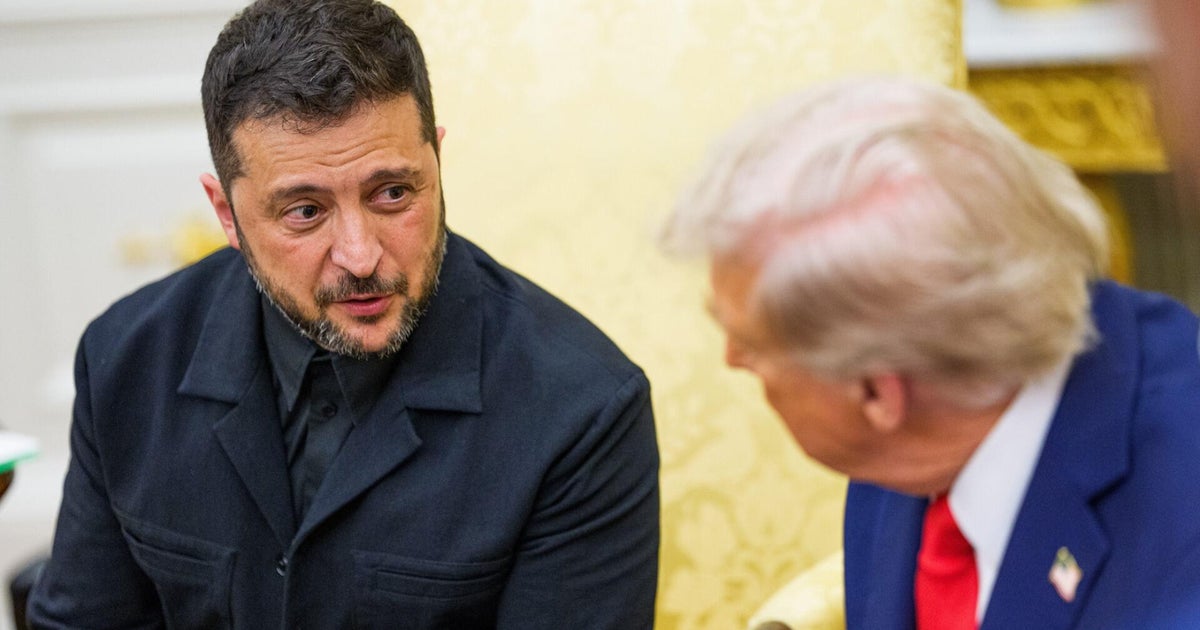

Gen. David Allvin, the Air Force’s chief of staff, will retire this November after two years as the service’s highest-ranking uniformed officer.
In a surprise announcement Monday, the Air Force said Allvin plans to continue serving as chief of staff until his successor is nominated and confirmed, to minimize disruption during the leadership change.
“I’m grateful for the opportunity to serve as the 23rd Air Force chief of staff and I’m thankful for [Air Force] Sec. [Troy] Meink, [Defense] Sec. [Pete] Hegseth and President Trump’s faith in me to lead our service,” Allvin said in a statement. “More than anything, I’m proud to have been part of the team of airmen who live out our core values of integrity, service and excellence every day as we prepare to defend this great nation.”
Air Force chiefs of staff typically serve in that position for four years, making Allvin’s planned retirement — in half the usual tenure — highly unusual. In recent years, the only chiefs who did not serve the full four years were Allvin’s predecessor, Gen. CQ Brown, who became chairman of the Joint Chiefs of Staff, and Gen. Michael Moseley, who resigned in 2008 following a series of high-profile scandals.
The Air Force did not comment on Allvin’s reason for retiring later this year.
Allvin is a career mobility pilot with thousands of hours flying aircraft such as the C-17, C-130 and KC-135, as well as a strategist who previously served as vice chief of staff. He graduated from the Air Force Academy in 1986.
Allvin became chief of staff in 2023. In February 2024, Allvin and other Air Force leaders unveiled a sweeping series of changes to the service and its structure, as part of an effort to prepare it for a fight against China.
But one year later, in the early days of the second Trump administration, Hegseth ordered the Air Force to put that reorganization plan on hold.
Hegseth has also taken a different stance on the future of intelligence, surveillance and reconnaissance than Allvin in recent months. In a May hearing on Capitol Hill, Allvin told lawmakers that satellites are not yet advanced enough to take over the entire airborne moving target indication mission for the service.
In early June, Hegseth expressed skepticism about the E-7 Wedgetail — which top Air Force leaders have for years pushed to replace the aging E-3 Sentry — in another hearing on Capitol Hill, and told lawmakers that space-based satellites were a better option.
Later that month, the Pentagon released budget documents showing it planned to cancel the Boeing-made E-7. Officials told reporters that in addition to getting the Wedgetail’s mission done with space-based assets, the military would buy more Northrop Grumman E-2D Hawkeye planes.
Stephen Losey is the air warfare reporter for Defense News. He previously covered leadership and personnel issues at Air Force Times, and the Pentagon, special operations and air warfare at Military.com. He has traveled to the Middle East to cover U.S. Air Force operations.







-3.png)



